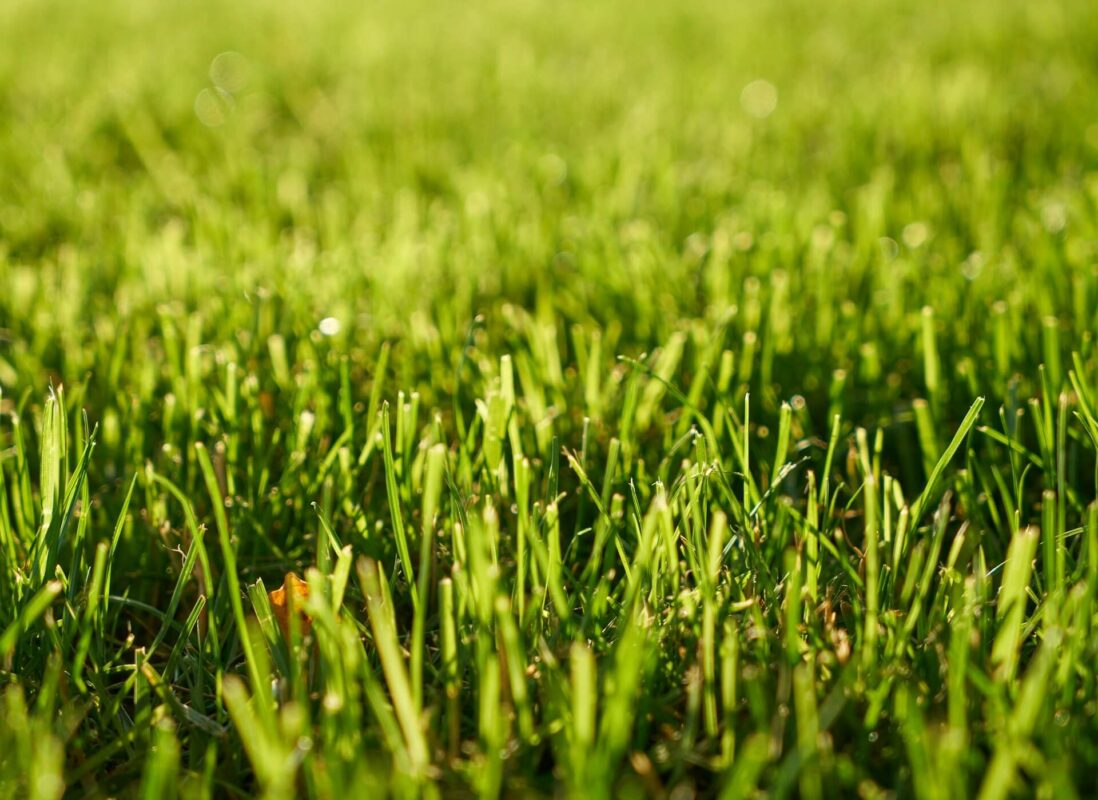Best Cover Crops for the Midwest

What Are Midwest Cover Crops?
Midwest cover crops are plants grown in the Midwestern region of the United States to protect and preserve soil. Rather than leaving plant beds empty after a harvest, cover crops fill in the gaps throughout the year. In the Midwest, cover crops like grasses, legumes, buckwheat, and sunflowers all help protect soil from erosion, prevent weeds, generate nitrogen for harvest crops, and more.
At Nature’s Seed, we specialize in premium-quality seeds, many of which can be used to plant green manure cover crops. From deer tongue grass to sawtooth sunflower, our cover crop seeds (see more by checking out our Heartland collection) are perfect for Midwest farmers, garden hobbyists, and homeowners alike.
Benefits of Midwest Cover Crops:
The benefits of cover crops in the Midwest can not be overstated. In fact, several organizations, such as the Midwest Cover Crops Council (MCCC), National Fish and Wildlife Foundation, and State Departments of Agriculture, are dedicated to promoting these plants. All stress the importance of preserving soil health with cover crops to provide for future generations.
Midwestern states like Illinois, Iowa, and Minnesota even receive federal grants as an incentive to grow cover crops. This is because of the many benefits cover crops offer.
Soil Health
First and foremost, growing cover crops in the Midwest is an excellent way to improve and preserve soil health. Cover crops like lentils, Japanese millet, and chickling vetch capture nitrogen, cycle nutrients, improve water filtration, and add living organisms to the soil when turned into manure before harvest crops are planted.
Nutrient Loss Reduction
In an empty field, soil can quickly and easily begin to lose its vital nutrients through rainfall, wind, and other factors. Because cover crops like mung beans capture nitrogen, they are able to scavenge this important nutrient in the soil for the next round of crops.
Nutrient Enrichment
Along with preventing nutrient loss, cover crops can also add vital nutrients and encourage nutrient production to Midwest soil. Cowpeas, arrowleaf clover, and similar cover crops can help reduce erosion, add organic material, and support microorganisms, fostering the presence of nitrogen, phosphorus, and potassium.
Weed Suppression
Cover crops are robust, leaving little room for weeds to flourish and contaminate soil. Cover crops take up root space, block sunlight, and use soil nutrients—making it difficult for weeds to creep in.
Water Retention
Water retention is another reason why farmers plant cover crops. They absorb water, filter it, and reduce runoff, all while retaining water for the following crop that will be planted.
Pest Management
Cover crops are also surprisingly good at providing pest management in fields and gardens. By providing shelter for predators, pest numbers are significantly lower in the presence of cover crops.
Cover Crop Basics
Traditionally, farmers plant cover crops in between harvest crop seasons. After crops like corn, soybeans, and wheat are harvested in the late summer or early fall, cover crops come into play.
Types of Cover Crops in the Midwest
There are dozens of cover crops in the Midwest, but using regionally sourced products will always work best with local soil. In general, anything in the oats and cereals family will perform well, but the options are endless. Here are some more specific examples of Midwest cover crops:
- Deer tongue grass
- Sawtooth sunflower
- Lentils
- Japanese millet
- Chickling vetch
- Mung beans
- Cowpeas
- Arrowleaf clover
What Cover Crop Should I Plant in the Midwest?
For farmers, a lot of cover crops are recommended by federal grants or your state’s Department of Agriculture. However, many farmers hand-select seed varieties as well. Remember, it’s important to plant cool-season cover crops in the fall, and warm-season cover crops in the spring and summer. If you’re a gardener, your choice of cover crops will probably be slightly different from a farmer’s.
In My Home Garden
Some of the best cover crops for intensive home gardens include berseem clover (rapid-growing and great for fixing nitrogen), mung beans (provide a lot of biomass and make for an interesting snack), and buckwheat (smothers weeds and loosens tight soil). Keep in mind that if your yard receives a lot of foot traffic, you’ll want to choose plants like clover that can withstand people and pets walking around.
On the Farm
Farming cover crops vary depending on the time of year and plot size. Some great cover crops for farms in the Midwest include American sloughgrass (great for cool season), hybrid forage brassica (break up soil compaction), and keystone peas (can be used for livestock and attract beneficial insects).
Find Premium Midwest Cover Crop Seeds with Nature’s Seed
We understand how important it is to preserve, protect, and nurture soil with Midwest cover crops. From community gardens to bustling corn fields, soil health should be a top priority for growers everywhere.
Contact us today to learn more about our wide variety of Midwest cover crops, lawn seed, pasture seed, and more.

